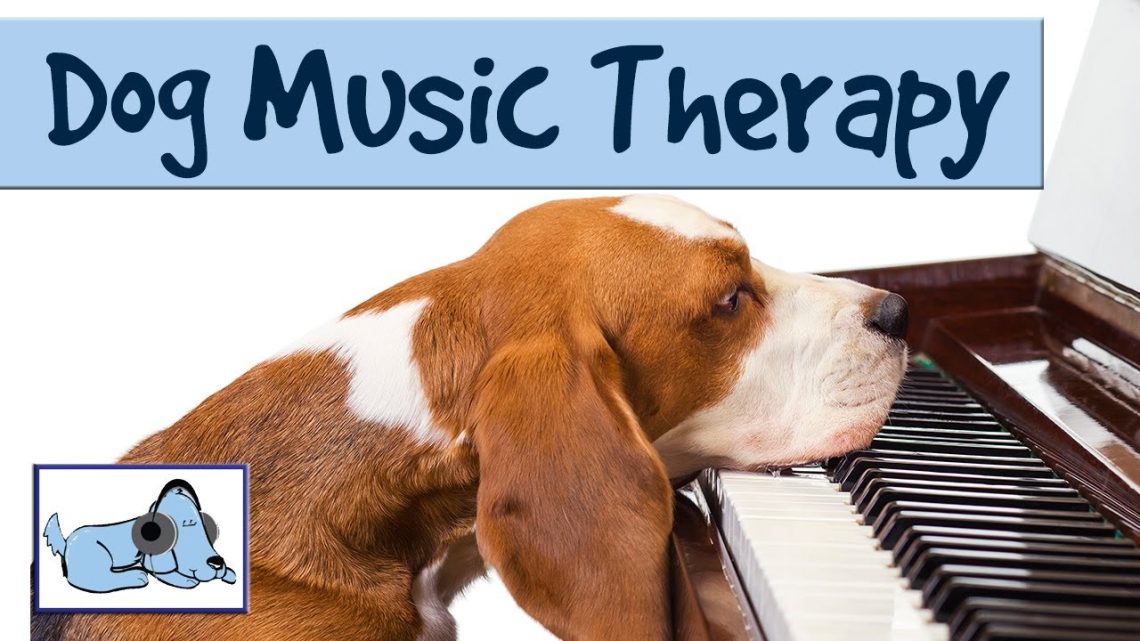
Music therapy for dogs: when can it help?
The influence of music on people, animals and even plants has been studied for a long time. A system of psychotherapy using music (music therapy) for people has been created. Classical music is played on farms to make animals feel better and increase productivity. Even plants grow better if they are given the opportunity to “enjoy” music. But how does music affect dogs?

Photo: maxpixel.net
How do dogs perceive music?
To answer this question, you need to know the features of the hearing of dogs:
- Dogs can hear sounds that humans can’t, such as high frequency sounds. Humans distinguish sounds up to 20 kHz, and dogs up to 40 kHz (or even up to 70 kHz), that is, dogs perceive even frequencies that are “ultrasonic” for us.
- If there are problems with other senses, dogs are able to navigate the world around them, relying solely on sensitive hearing – for example, to accurately determine the location of a sound source.
- Dogs are excellent at hearing music, including consonant and dissonant intervals.
- Dogs do not respond well to loud noises. If they constantly live in a world of rumble and noise, they become irritable and nervous, restless.
The perception of music by both humans and dogs is a rather complex process. At this time, the brain is not asleep, processing a large amount of information: rhythmic pattern, intervals, melody, harmony of music, and the like.
How does music affect dogs?
Clinical studies have shown that music (piano solo) reduces stress levels in dogs and helps to calm them (in shelters in 70% of cases, and at home in 85% of cases). This is used by scientists to create music that helps dogs.

Photo: pixabay.com
For example, composer, psychoacoustic expert Joshua Leeds, together with pianist Lisa Specter, created a series of clinically tested music for cats and dogs (Through a Dog’s Ear, Through a Cat’s Ear). When creating different series, a different approach was used: different melodies were obtained for anxious dogs, for treating sleep problems, etc. For example, in one of the albums the following melodies were collected:
- Vocalise, Rachmaninoff
- Prelude, Bach
- Sonata, Chopin
- Sonata, Mozart
- Child Sleeping, Schumann
- Sonata, Schubert
- Scherzo, Chopin
- Sonata, Beethoven
- Prelude, Chopin
It is important that in music therapy for dogs the simplest melodies are used, that is, the information contained in the music should be kept to a minimum (including the minimum number of instruments, etc.)
How does music therapy help dogs?
Music therapy can be one of the components an integrated approach to reduce stress levels in dogs. Music therapy is almost never used alone, but can make behavior modification more effective when combined with other methods.
Music therapy for dogs is indicated for the following problems:
- Excessive barking.
- Increased excitability.
- Anxiety.
- Sleep disorders (lack of sleep).
- Fears.
- Diffidence.
- Aggression.
- Depression.
- Adaptation to new conditions.
- Rehabilitation after illness.
- Ear training.
- Preparation for exhibitions.
You might also be interested:
Music for Daisy: A melody that soothes dogs





